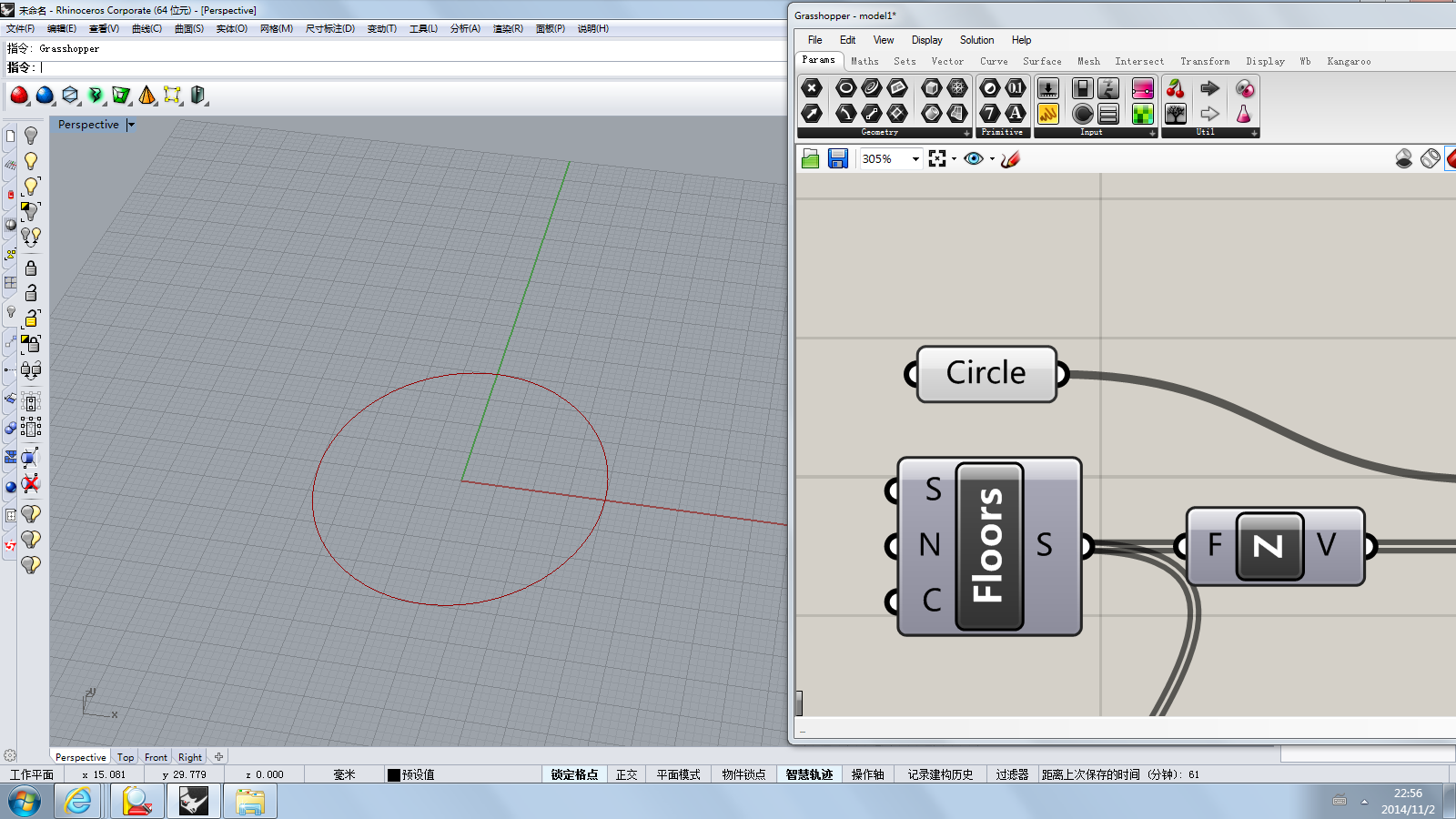30 St Mary Axe
A Fantastic Bud-like Building
source: Foster + Partners
source: Foster + Partners
Generated by a circular plan, with a radial geometry, the building widens in profile as it rises and tapers towards its apex. This distinctive form responds to the constraints of the site: the building appears more slender than a rectangular block of equivalent size and the slimming of its profile towards the base maximises the public realm at street level. Environmentally, its profile reduces wind deflections compared with a rectilinear tower of similar size, helping to maintain a comfortable environment at ground level, and creates external pressure differentials that are exploited to drive a unique system of natural ventilation.
source: Michael O'Sullivan Design and Architects
source: Foster + Partners
source: Foster + Partners
source: Foster + Partners
Due to its distinctive structure and beautiful facade, it will be interesting to start creating some kind of model in order to gain some experiments or inspiration of modeling method by utilizing Rhino and Grasshopper. Let's roll!
Method 1
Drawing a simple plane of this tower and making all floors with array thereby creating a basic structure of the building itself. Then try to rescale those floors to match the shape and create important facade's element.
1. Use a simple circle to make a section of the tower.
2. By using series component to make an array of circles which represent 41 floors with the same radius go along Z direction.
3. Rescale floors from their center point as the center of scaling.
4. Using range components is to make top of tower increasing and the bottom decreasing.
5. Generating the scale factors.
6. The merge component is used to show increasing numbers, decreasing numbers and integrate them into a unified list of data.
7. End point component is used to get the start and end point of those floors. Through attaching these points as the base for polygon component can I generate couple of polygons on the start points of floors.
8. Rotating the polygons around the center of floors.
9. One facade element has been created by using loft component.
10. A group of spiral elements around the tower.
11. Mirror component coule be utilized to rotate geometry by Z axis.
12. I copy those components that create facade elements and adjust the size to make a supplemental and detailed elements.
This method seems like a little bit awkward...
13. At last, I loft floor curves to make facade's glass cover.
14. In Rhino, I use CurvatureAnalysis command to get basic curvature analysis of the tower.
15. Using kangaroo to create a rooftop which could be able to controled by regulating number slider so that gain a variety of rooftop shape or height.
What a multi-shape building or stuff....
16. Wind-gravity method can be implemented to get some interesting experiment.
Looks like a sailcloth! Just for fun.
Elevation
Top View
Detailed Facade Elements
Method 2
Drawing an arch of facade of tower and revolve it to make a fundamental apperance so that I can easily create facade elements. My intention of doing this type of method is just experimenting whether there are other ways to finalize modeling or not. Hence I just demonstrate some screenshots during working process.
Reference:
1.Mohamad Khabazi, Algorithmic Modelling with Grasshopper, http://issuu.com/pabloherrera/docs/algorithmicmodelling
2.https://www.youtube.com/watch?v=Ym5KKobc2V8
https://www.youtube.com/watch?v=9725NkFnBhY
https://www.youtube.com/watch?v=kgR3P7SZJAQ
Appendix:
AwardsLondon Planning Awards, Best Built Project - 5 Years On
London Architectural Biennale Best Building Award
Civic Trust Award
LDSA Built in Quality Awards – Winner Innovation category,
Wallpaper 2004 Design Awards – Winner Best New View:
DETAIL Special Award for Steel
RIBA Stirling Prize
Dutch Steel Award – Category A,
IAS/OAS Awards – Best Central London Development,
London Architecture Biennale – Best New London Building,
RIBA Award
The International Highrise Award – Honourable Mention,
Emporis Skyscraper Award 2003
ECCS European Steel Design Award
AR/MIPIM Future Project Prize – ‘Best of Show’ joint winner
London Architectural Biennale Best Building Award
Civic Trust Award
LDSA Built in Quality Awards – Winner Innovation category,
Wallpaper 2004 Design Awards – Winner Best New View:
DETAIL Special Award for Steel
RIBA Stirling Prize
Dutch Steel Award – Category A,
IAS/OAS Awards – Best Central London Development,
London Architecture Biennale – Best New London Building,
RIBA Award
The International Highrise Award – Honourable Mention,
Emporis Skyscraper Award 2003
ECCS European Steel Design Award
AR/MIPIM Future Project Prize – ‘Best of Show’ joint winner
Location: http://maps.google.com/maps?ll=51.51462,-0.08034
Area: 64 469 m²
Height: 180 m
Website: www.30stmaryaxe.co.uk
Area: 64 469 m²
Height: 180 m
Website: www.30stmaryaxe.co.uk


































